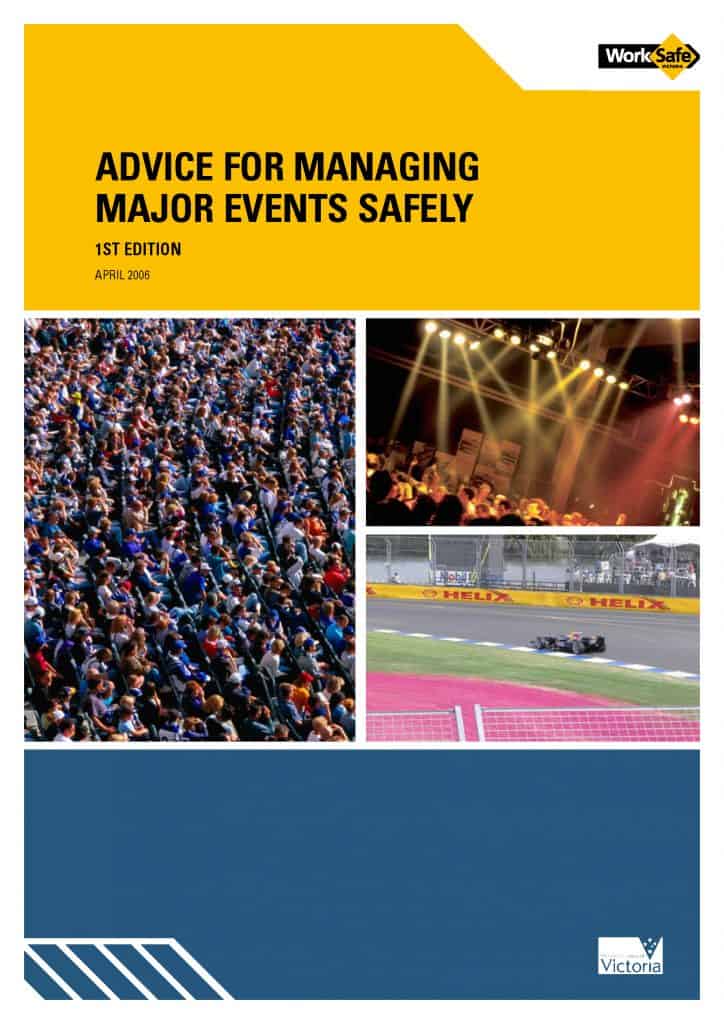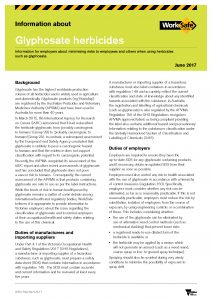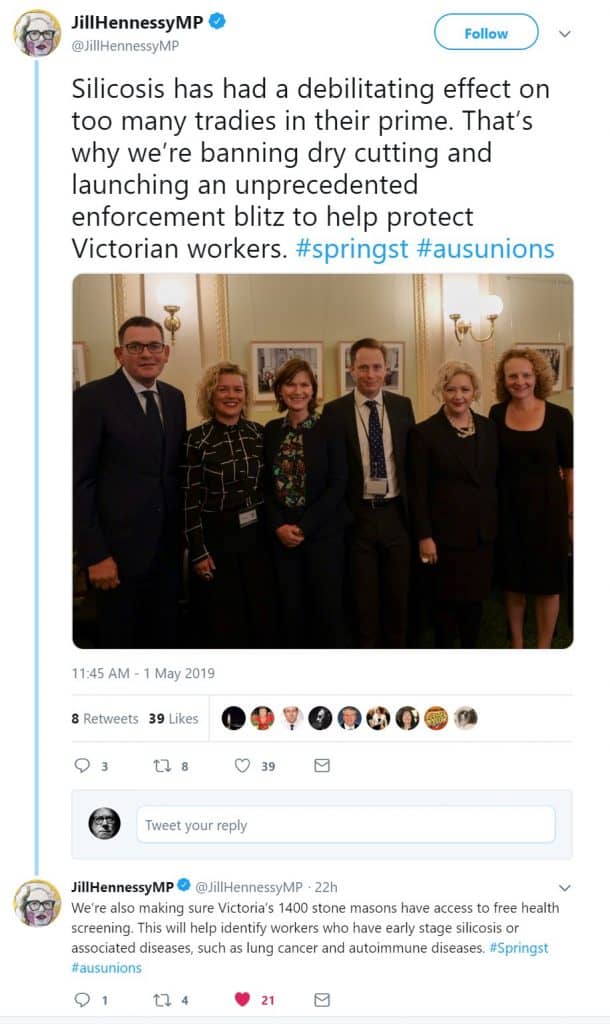
Last week the Australian Government accepted the recommendations of the Australian Competition and Consumer Commission (ACCC) about improving the safety of quad bikes. But the improvement in safety came not through occupational health and safety (OHS) laws but the Australian Consumer Law so how could the ACL help improve workplace health and safety further? After a quick look at how the quad bike recommendations have been received, the potential of the ACL is considered in relation to silicosis.






